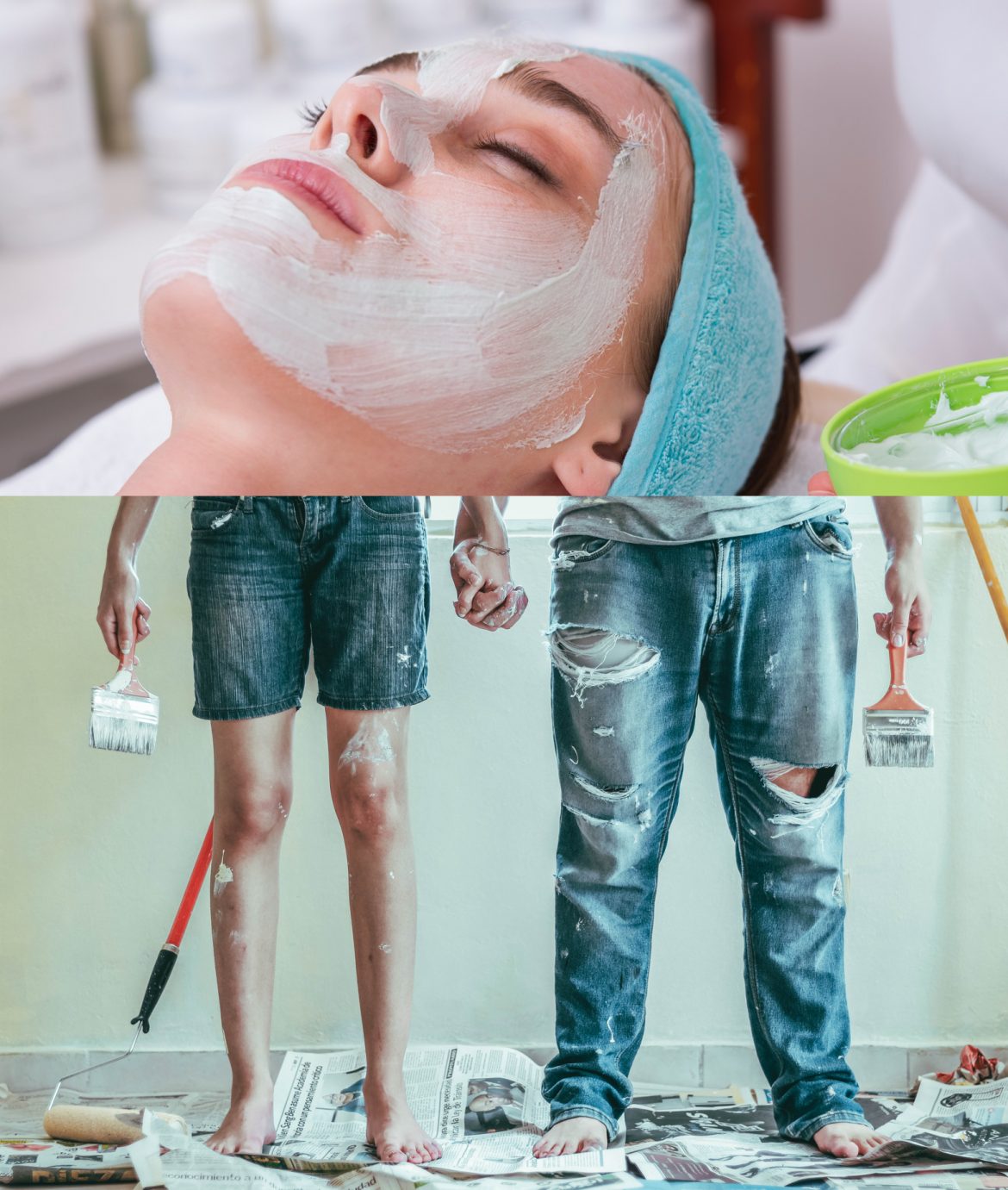Homes, just like people, have a tipping point for upgrades and repair — especially for issues that are more than skin-deep — or that hide behind walls. HINT: Deferred maintenance won’t serve you or your home.
[SPONSORED]
The personal stories of one Realtor’s battles and triumphs in the highly-competitive Bay Area Real Estate Market, seeking to illuminate and humanize the very real ups-and-downs of homeownership.
The older I get, the more effort it takes to stay presentable. This week I finally got into the hair salon for a cut and color, to the manicurist for a mani & pedi, and to the cosmetologist for a post-mask facial. I’ve also recently spent an hour with the dental hygienist, had my neck adjusted at the chiropractor’s, and checked in with my primary-care physician at Kaiser. In short, I’m catching up on all the appointments that were ignored or delayed during the pandemic while trying to keep body and mind together . . . Admittedly, I’m losing ground no matter how many professionals I pay to hold back the dam. (How soon did you say my crowns need replacing?)
I don’t like to think of myself as a “high-maintenance gal,” but looking at the mounting charges, it’s dawning on me that the escalating costs are so much more than they ever used to be. Remember when holding a gym membership pretty much covered the extent of “self care?” (I do.)
At what point, pray tell, did the scales tip?
Looking in the mirror, it occurs to me that the tipping point when it comes to humans is fairly obvious (let me count the ways), but when it comes to houses, it’s much harder to measure as the damage is often well beneath the surface and slowly growing over time . . . .
Aging properties — like aging people — are in need of ongoing maintenance
As the housing stock in Piedmont is approaching or surpassing the century mark, it’s safe to assume that many of these 100+-year-old homes have already “tipped.” Unless these historic properties have undergone extensive renovations that include removing all the knob & tube wiring, replacing lead pipes, reframing the attic, replacing the windows, putting on a new roof, insulating the walls, and addressing the foundations, homeowners should assume that many of these structural components are eventually going to fail.
Notwithstanding their period charm, there are often costly issues in older buildings that aren’t going to be immediately apparent when walking through a property at first glance (especially when freshly painted and staged). Euphemistically referred to as “deferred maintenance,” these problems are often left unaddressed for YEARS by generations of Homeowners who inherited the problem but had little motivation or the necessary resources to address prudent repairs. (People don’t like spending money on what they can’t see.) Given that Sellers are unlikely to reap higher rewards for new stucco work, and that they’ve probably been blissfully unaware, who can blame them?
Don’t defer “deferred maintenance”
Still, if you want a nominal problem to grow into a much larger one, ignore it, and I guarantee you, $10,000 will become $40,000, and $40,000 will become $100,000 left unchecked, if for no other reason than labor and material costs have tripled in those intervening years. I once sold a house where the kitchen faucet had been dripping for more than a decade, which meant the leak hadn’t just rotted out the cabinet, but the hardwood floor and the joist beneath it. What started as a simple drip could have been handled by a plumbing house call ten years earlier. Instead, it grew into a whopping repair and reconstruction job with an equally hefty price tag.
“I know we should have taken care of that, but I can’t imagine it’s going to be an issue for anyone who REALLY wants my house.” (Yes, you should have, and don’t bet on it.)
Neglected infrastructure is costly
Even in a market where Sellers practically have a free pass, there are going to be red-flag warnings that legitimately scare Buyers away. Chief among these are failing foundations, high structural/pest findings, the presence of asbestos, improper engineering, poor drainage, water damage, leaking pools, and permitting issues. (Buyers assume that the absence of a permit means the work isn’t to code.) There are other big-ticket items such as single-pane windows, and outdated kitchens and bathrooms that may raise alarms, but those improvements tend to have higher rates of return, while the elimination of dry rot does not.
So even though it’s not as sexy as an Insta-worthy kitchen or a spa-like bathroom, staying on top of your home’s good health is definitely worth the time, effort and money you’ll spend to offset much bigger problems down the road. You might even consider hiring an inspector every five years or so to professionally analyze your home and then (this is the important part) CORRECT the identified “action items” on the hit list. If you can tip the scales in your favor, and do so well before problems become critical, you absolutely should. (You can thank me later.)
Next up, the dermatologist.
(Next week is the Fourth of July and I imagine many of you will be celebrating and making up for lost time. Accordingly, I will give the Perspective a rest. Happy red, white, & blue!)
How can we help you?
Julie Gardner & Sarah Abel | Compass Realty
Not just Realtors, but consultants in all things house and home, we’re here to educate, explore, examine and refer . . . In short, you may count on us to take care of your home as if it were our own and anyone who knows us, knows we take pretty darn good care of our homes.
Learn MORE

